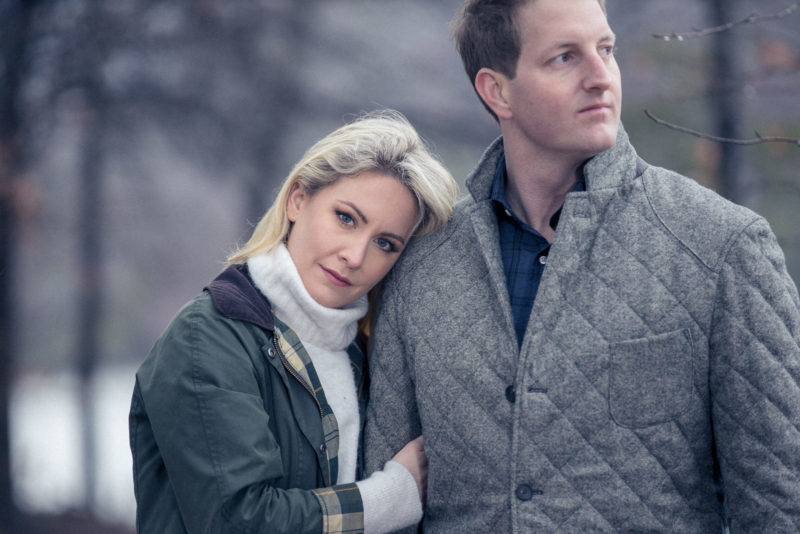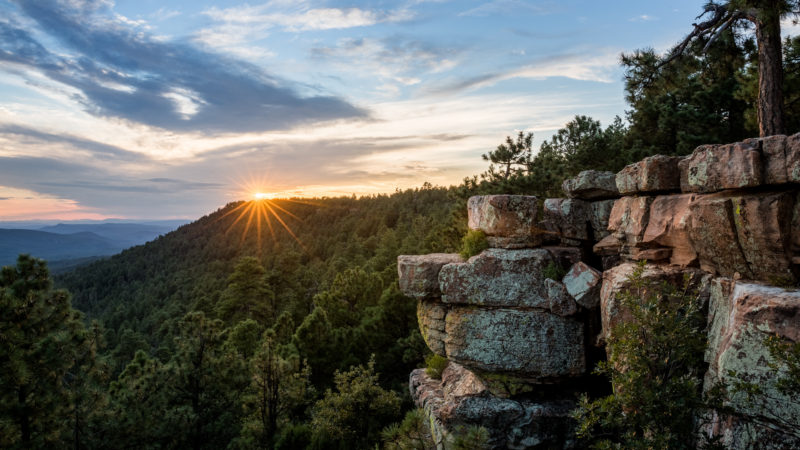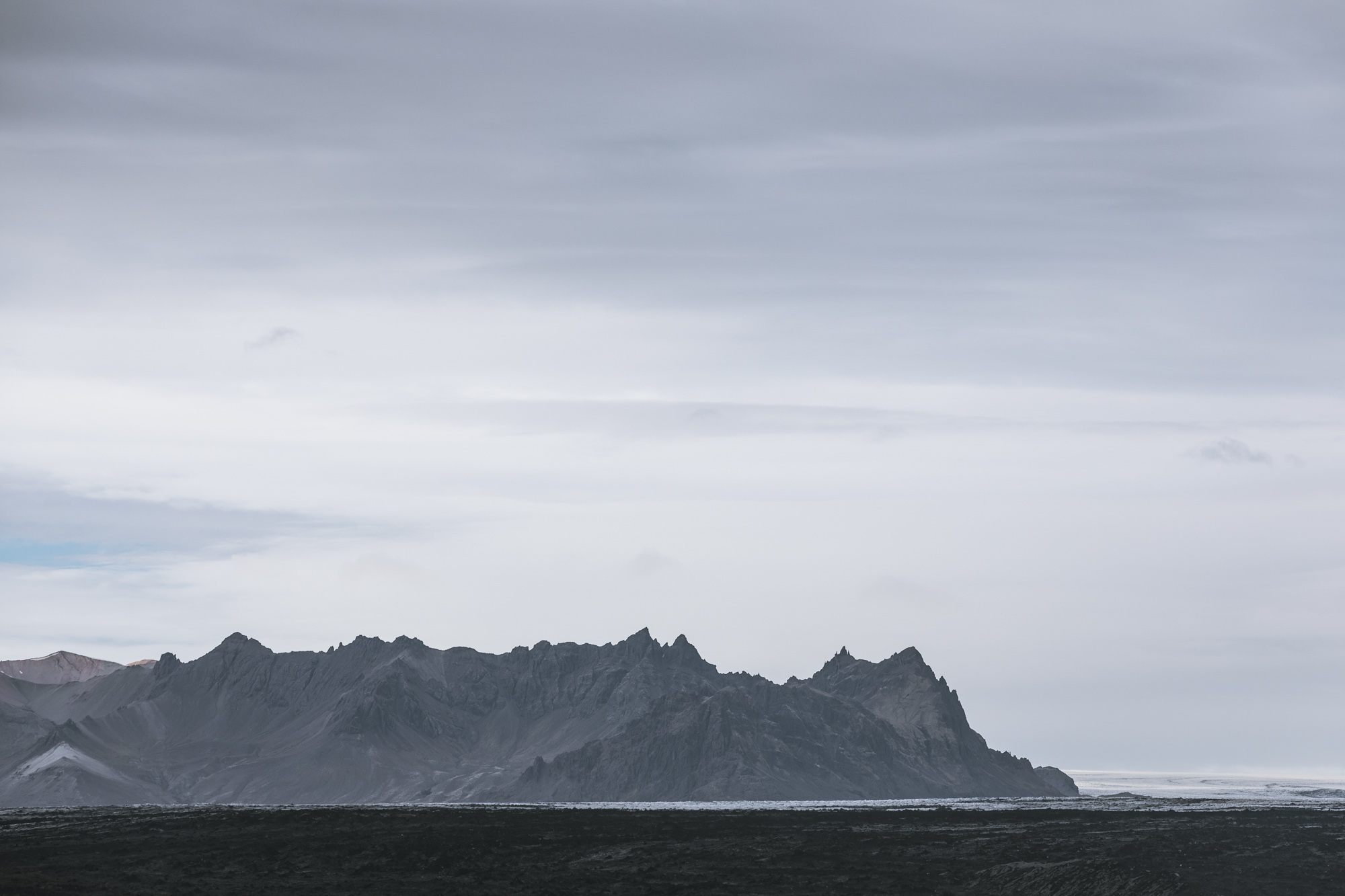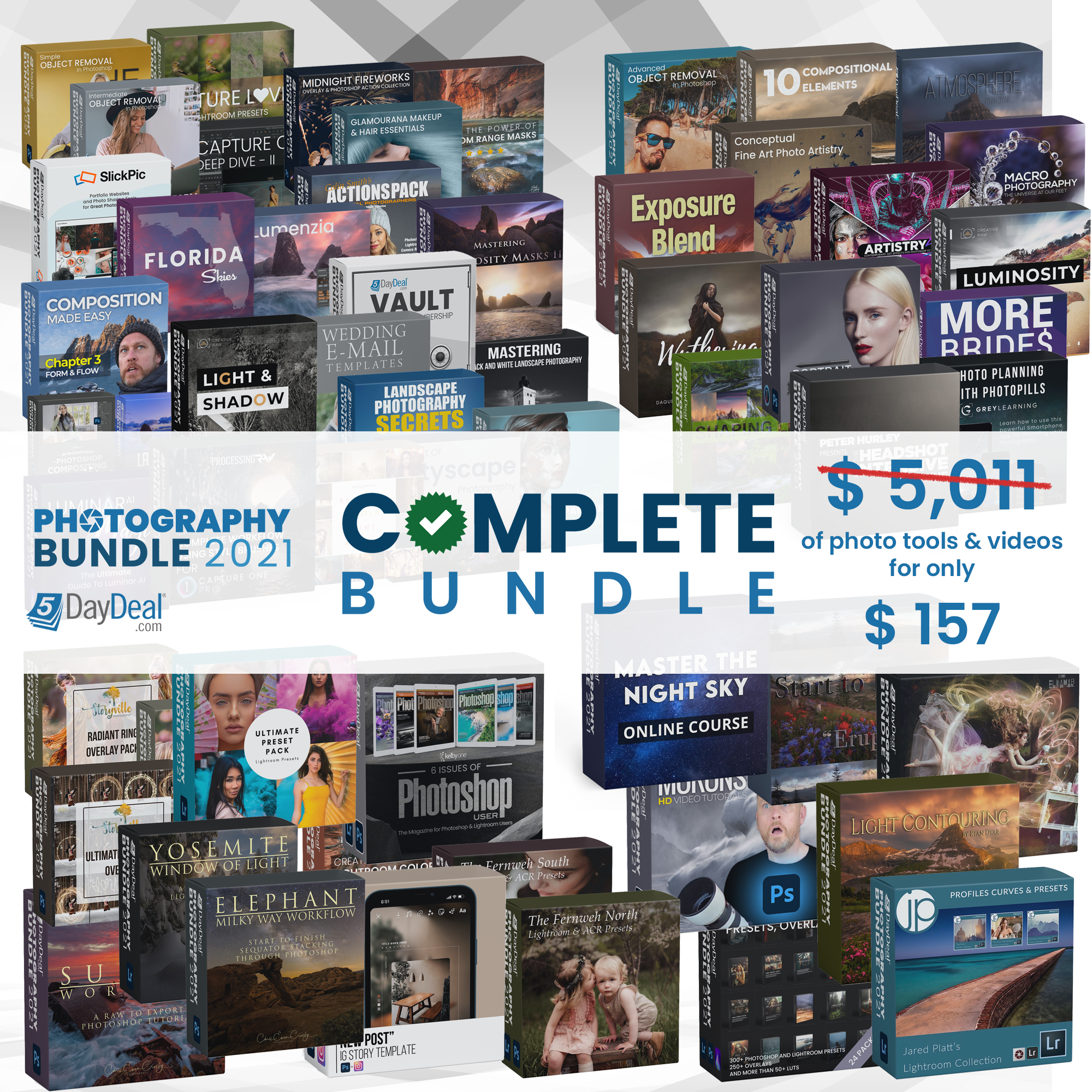Making a Music Video with Minimal Gear and a Skeleton Crew
I filmed a music video to Kevin Burdick’s song, “My Religion” in New York City with a skeleton crew. I am not a film director or a music video producer or anything of the sort. I am simply a photographer and photography instructor who loves a challenge, so I often create challenges for myself. Let’s make a music video while I am in NYC… sounds fun. So I did it. What you might be interested in is how I did it and with what equipment.
Kevin Burdick’s song is one of my favorite songs. I love listening to it. When I first heard it, I saw bits of this music video in my head, so I set up the opportunity to film it while I was in New York City for a photo convention, lecturing for Adobe. My friend Carlos Martín helped out during filming with Art Direction. He lives in the NYC Area so he was great for helping us find the best locations for filming, although a lot of the filming was done randomly as we walked to and from lunch and other fun stops along the way. We were not on a tight time schedule. There were a total of three of us… Kevin Burdick (the musical artist), myself as Director and Cinematographer and our friend Carlos Martín as Art Director. We ended up filming everything in NYC except or the studio session in the chair, which was filmed in my studio back in Chandler, AZ.
When I arrived in NYC, I was interested in getting a small, lightweight and inexpensive camera that has a great autofocus system with a touch articulating screen and the Canon EOS 70D was perfect for the job. I already have a lot of Canon glass, so it made sense to stay with the system. But I also needed a good video lens with a very smooth and silent focus so that autofocus wouldn’t call attention to itself. So I got the Canon 40mm Pancake Lens. I have been using this little lens ever since for most of my online video lessons. Now here’s a bit of a dangerous thing to do… I bought both the lens and the camera the day I arrived in NYC at B&H Photo Video. You should always test things before you use them on a job, spend some time with the equipment you are going to use! But the camera was so simple to use, so easy to operate and focus with the touch screen and auto face detecting focus that I was able to get some great shots with only a few hours of practice before meeting up with Kevin and Carlos for the video shoot. Now, I know cameras and I have a lot of experience with Canon cameras, but still… this was a simple camera to work with and the lens is smooth as butter on autofocus. We also used the Canon 5D Mark IV in the studio shots of Kevin in Chandler, AZ, which also has a touch screen, but it is not articulating, so not as easy to work with while moving around and it is quite a bit heavier, so the 70D was preferable in the streets of NYC.
See a full list of my gear HERE.
I wanted the video to have a very documentary feel, so we did everything in Black and White and handheld, but that can get very shaky without a gimbal of some kind. There are a lot of great options today, but there weren’t as many when we did this shoot (the new DJI Gimbal for small DSLRs looks great). But at the time, we didn’t have this option AND more importantly, I was just messing around and wanted to keep the cost on this project very low. So, I used my monopod. A lightweight monopod will do wonders for stabilizing a small video camera or DLSR. The extra weight on the bottom of the camera and the length of the monopod helps to act as a stabilizer for the camera and makes it harder to tilt the camera as you move. It’s not as good as a gimbal, but it takes out a lot of the shake as you move the camera. Then, when you are going to stand still with the camera, you can always plant the monopod and there is still a little movement in the camera, so your video doesn’t feel quite so stiff. So a small monopod is a great tool in stabilizing camera footage, although using a Gimbal like the DJI Ronin S is a great idea, and not too expensive.
The main shot that was in my head from the beginning was the shot of Kevin in the subway station with the subway speeding past him. I heard the beginning of that persistent beat when I first heard the song and I saw exactly what you see in the video now. It is a combination of different views of the same platform. I have footage close up to Kevin and far away from him, with multiple trains and then with one train. Some were slower trains, others faster. Occasionally to get the closer up views I needed to use my Canon 70-200 2.8L lens, which does not work on autofocus in video so well, so I manually focussed first and then left it on that focus setting. It Image Stabilization was helpful on the monopod, it really helped to stabilize the shake from the long focal length. It took a lot of editing in Adobe Premiere to get the back and forth between the different cuts to look just right, but I was super pleased with the final results. It is what I saw in my head.
If I were to do it all over again, I would have gotten a lot more footage of the hustle and bustle of the NY streets. I was lacking on that footage to make some transitions and to fill in some holes, but I ended up with barely enough to get it done. I think the lessons learned there was: take a lot more b-roll that you think you need. Don’t just stay focused on the principle story and subject. And I know that from still photography, but like everything we do as a novice, we tend to get hyper-focused on the one thing and forget to do the rest. People who are new to lighting with flash get so worried about that aspect of their shoot that they forget about posing, etc… I just got so wrapped up in getting footage of Kevin in various situations, singing and not singing that I didn’t think enough about getting the extra b-roll. So, don’t gorget the b-roll.
The other thing we couldn’t live without was Kevin’s iPhone. Every time we wanted him to sing, he would pull up his song on iTunes in his phone and start playing it and sing to it. Here’s a tip: if you do this, make sure you put the iPhone close to the camera microphone, or radio it into the microphone jack so that your camera has a good audio signal from the original source. This makes it so much easier to match the singer’s lips to the video footage. In Premiere, you can then simply synchronize the audio track to the video track. Pretty simple. The rest of the footage that doesn’t need to sync can be placed wherever it looks good.
I think that it is interesting how a song can take on a new layer of meaning when it is layered with visuals. When I started layering New York City over the top of this song, I started to see a completely new message in the song, which I am sure Kevin never meant, but that is the beauty of art: it can have so many different meanings because the viewer gets to ultimately assign the meaning to the art. The song, I think, originally was written with a woman in mind, but I think when you think of the culture of NYC and what that city means to the people who love it, there is a bit of a religious fervor over the culture of New York City. I love the message that evolves with the layering of the New York visuals and Kevin’s rich lyrics about deep and devoted love.
It was a fantastically fun project to do. I always love to take on a little personal project that will challenge me to figure something out and it is always exciting to have a vision in my head and to make it work. With Kevin’s music, Carlos’ eye for detail and some extra technical advice from Matt Madrid, I think we created a beautiful visual companion to Kevin Burdick’s masterful song, “My Religion.”
This video was finished as part of my 30 Videos in 30 Days project. This one took a while to accomplish but was well worth the experience. There is something very fulfilling about working on a project of passion. We have to do things that excite us, projects that take us back to that exploratory nature of childhood where we are inspired to play and take risks and are completely willing to fail.
The music and performance are all by Kevin Burdick. Kevin Burdick is a Triple Scoop Music artist and this song is licensed through Triple Scoop Music. Thanks to Post-Production technical advisor, Matt Madrid, and my onset Art Director, Carlos Martín.
I hope you enjoy this music video. I hope you enjoy the music. Let me know what you think.






Leave A Comment
You must be logged in to post a comment.